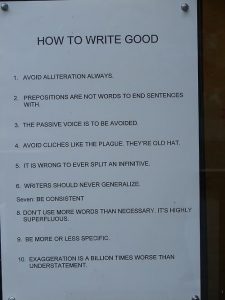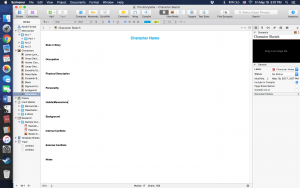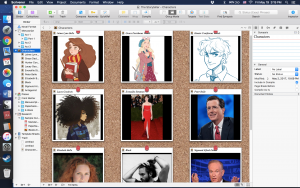Hey ya’ll,
*evil laugh*
WELCOME TO MY DOMAIN!
…
Sup, it’s Wooster Novel Outlining Month or WooNoOutMo. Specifically Camp WooNoOutMo. As you know, or do not know, NaNoWriMo has a sister program: Camp NaNoWriMo. Basically its diet NaNoWriMo. You get to choose the goal and the form (so actually the acronym is wrong…*sad face*). Therefore as this is the month leading up to Camp WooNoWriMo, March will serve as your time to prepare for the torment which you have saddled yourself with.
If you want to be part of our Camp NaNoWriMo cabin please email me your Camp NaNoWriMo username. We’re going to be doing extra write-ins to discuss our projects and shame each other into writing and CAMP DAY in which we’ll make smores? while we write… at night.




Recent Comments